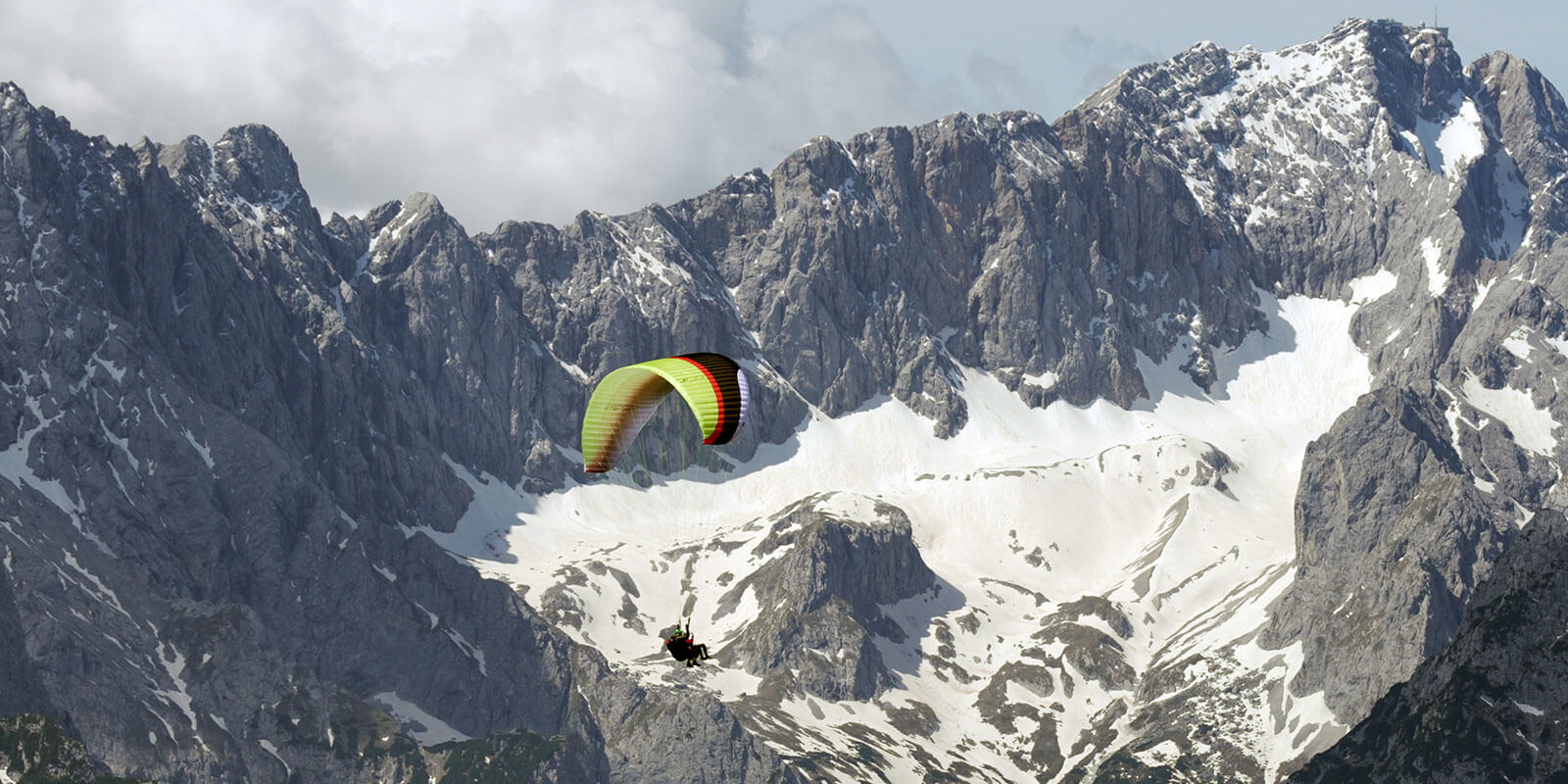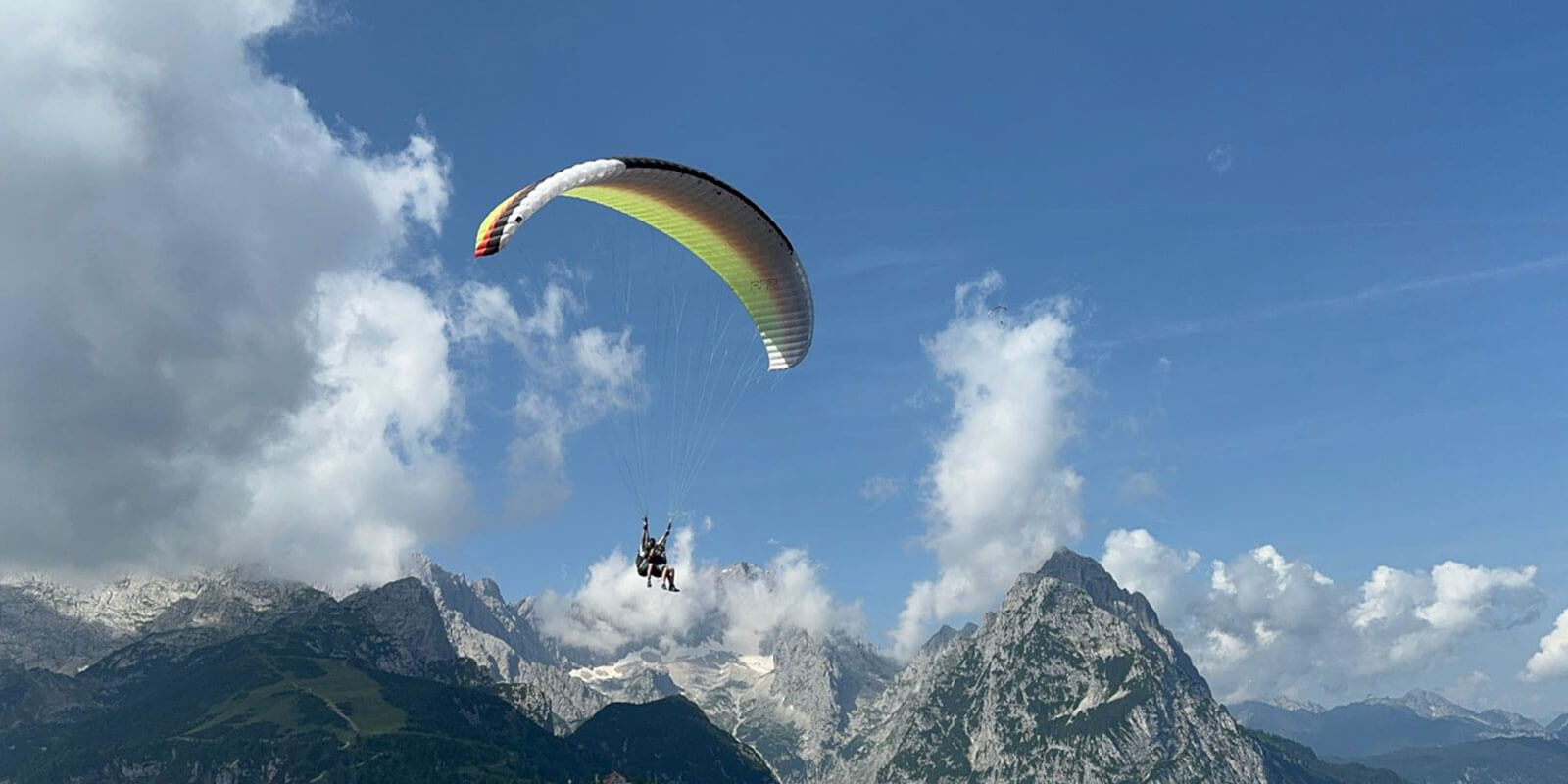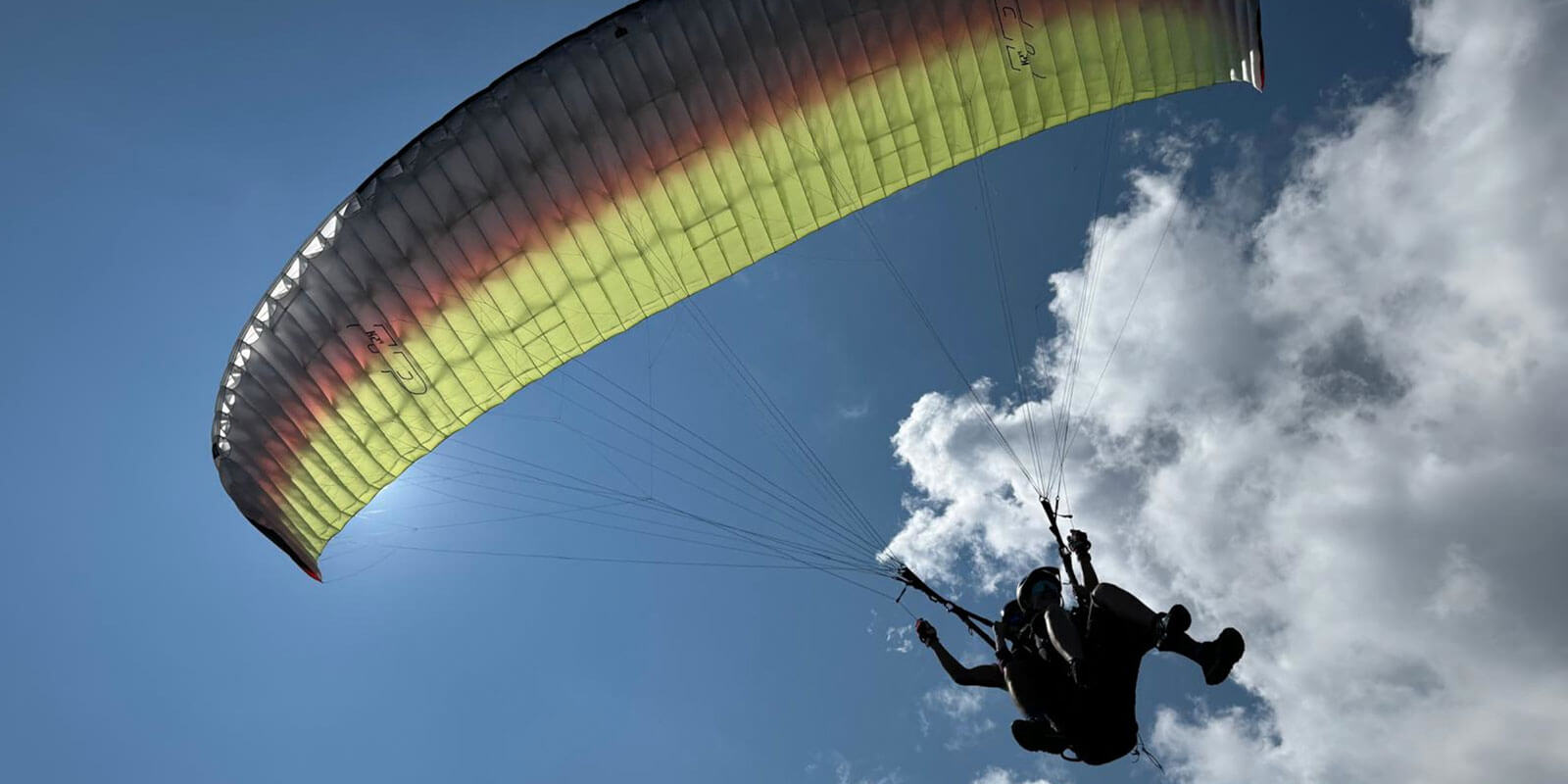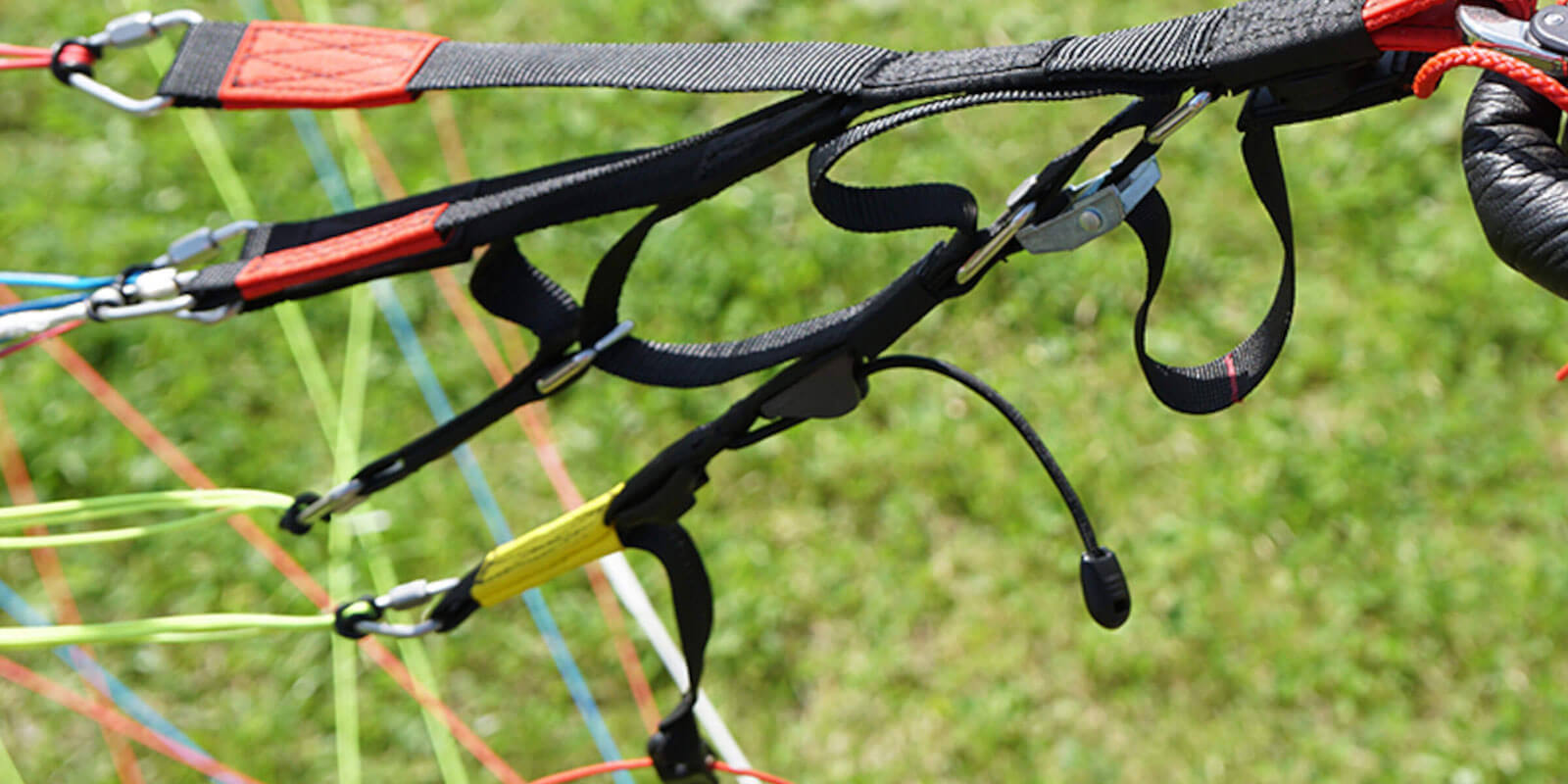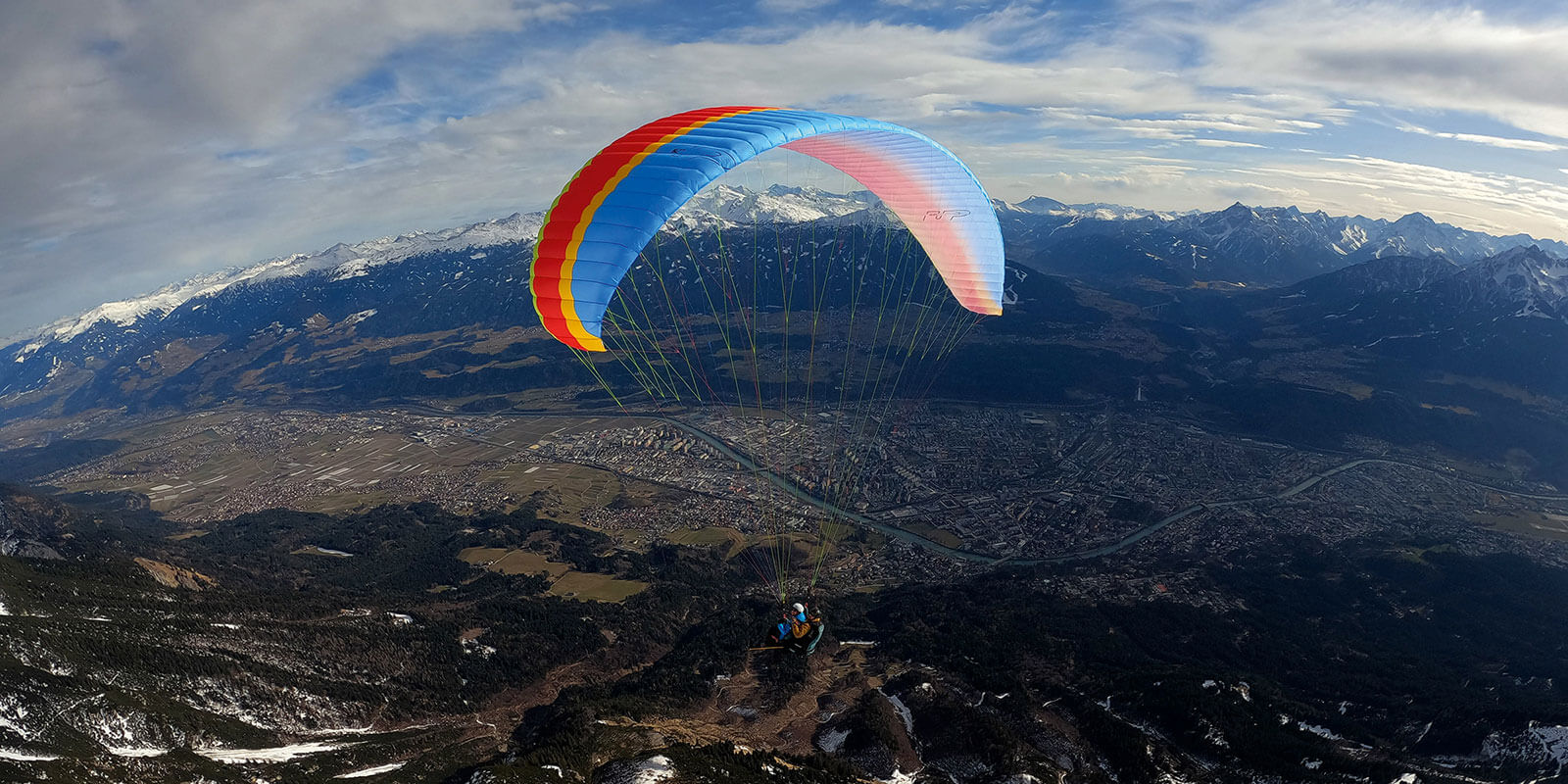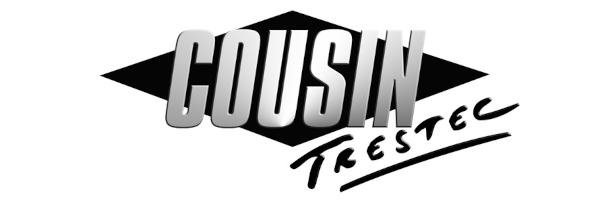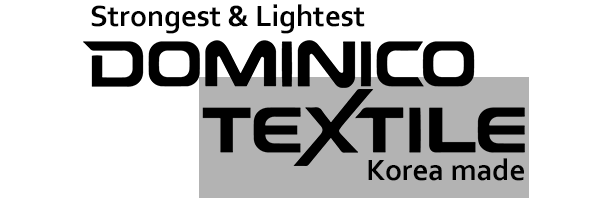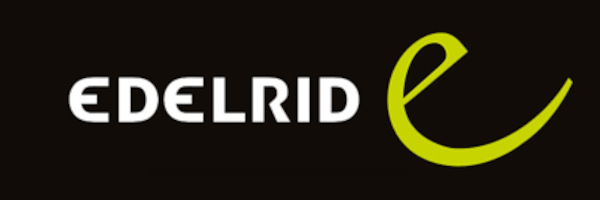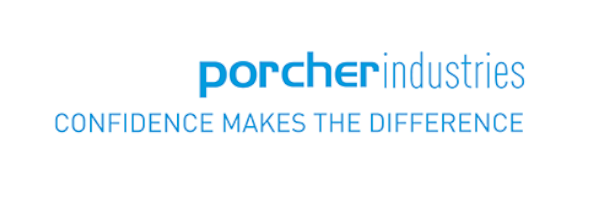
There are several reasons why the material of the lines plays an important role:
- Different line materials have different breaking loads, even with the same diameter.
- Some materials age faster than others, but may have other advantages that make them desirable.
- Sheathed lines tend to last longer because of the thin sheath woven around the line core, but they are also thicker for the same breaking load, since part of their diameter consists of the sheath, which only adds thickness but no strength.
Line drag is a large part of the wing's overall (unwanted) drag, and reducing the number of lines used and their diameter is a reliable way to improve performance.
These materials/lines are available:
Sheathed Dyneema
From the outside, all sheathed lines look the same, as we only see the sheath and not the core of the line. But when a sheathed Dyneema line is cut or breaks, we see that the core is white and non-woven (sheathed lines are extruded, then the sheath is woven over the extruded core).

The picture shows two damaged lines, both of the sheathed Dyneema variety, and the white core. The line on the right is a bit tricky; it feels lumpy and has been damaged by excessive stretching, but a quick visual inspection cannot/will not notice the damage, yet both lines must be replaced before the next flight.
Sheathed Aramid/Kevlar
Looks the same as above if the core is not visible. Once you see the core, you can tell it is light brown in color and made of non-woven aramid fibers. The color gives it away: light brown. You can usually see the exposed core at the end of a line where it is sewn into a loop. If the core looks “dirty”, it is most likely aramid.
Unsheathed Dyneema
Is white until it is dyed. However, it is unusual to see completely white unsheathed lines on a paraglider, except on older Axis or MAC Para competition wings. Dyneema is easy to color, and most manufacturers use lines that are colored by the line supplier, often in red. The line is woven and has a smooth, (slippery) appearance and feel.
Uncovered aramid/Kevlar
These lines are not as easy to color, so they are usually used in their natural light brown color. These lines are woven and have a much less smooth look and feel. They quickly look quite old and frayed when exposed to the rigors of a less than perfect launch area. In the picture below, the left line is unsheathed aramid/Technora, the center one is sheathed (either aramid or Dyneema), and the right one is unsheathed Dyneema.

Properties of the different line materials
If we focus strictly on the technical specifications as given by the line manufacturers, unsheathed Dyneema lines are the superior material from almost every angle; they are stronger than their sheathed or unsheathed Aramid/Kevlar counterparts of the same diameter, and they are also stronger than sheathed Dyneema lines, due to #3 in the list above. They are even comparatively insensitive to the effects of UV radiation (sunlight), they are not easily damaged and they survive the standard “5000-cycle” bending test, in which a line is mounted in a test stand and then subjected to five thousand 180º bends, very well. They are even dimensionally stable in length when heavily loaded, i.e. they do not stretch (much) under load.
At the opposite end of the spectrum, we have unsheathed aramid/Kevlar lines. As mentioned, they are not as strong, but to make matters worse, they tend to degrade comparatively quickly when exposed to UV radiation, they fray more easily when physically abraded, and they lose worrying amounts of (strength) when subjected to the “5000-cycle” flex test. Aramid/Kevlar lines stretch a little more than Dyneema under load and are better at retaining their new length when the load is removed.
somewhere in between are the laminated lines, which are made from either Dyneema or Aramid/Kevlar. Their main advantage is that they are less prone to damage from physical abrasion and UV radiation, but they will always be thicker for the same breaking load (bad for performance). Some pilots find that they are less prone to tangling and knotting, which is a good argument for using them on beginner and intermediate wings.
Based on what we have learned so far, choosing the right lines seems simple – use unsheathed Dyneema for most applications, and maybe some sheathed Dyneema for school wings. Unfortunately, things are not quite that simple.
First of all, we have to realize that while Dyneema is dimensionally stable under load, it does tend to shrink under certain circumstances, for example when exposed to temperatures above about 70 degrees Celsius. Initially, all lines tend to shrink evenly – but as soon as a wing with shrunk lines is launched for the next flight, the A and B lines, which carry much more weight than the C lines, return to their original length, while the C lines remain too short and bring the wing out of its certified trim. Temperatures in this range may sound unlikely, but the fact is that if you leave your/a pilot's wing in the boot of a car on hot, sunny days, or if you lay out your/the pilot's wing on the hot sand of Iquique or Sossusvlei, the temperature will soon be much higher than 70 degrees. So not only for the Dyneema lines, but also for the cloth of the canopy, you should never leave the wing in the trunk of the car, and you should try to limit the exposure in the hot desert sand of tropical regions.
To make things even more interesting: The only way to know for sure if your wing is trimmed is to measure it, and preferably with a professional setup (laser measuring device, 5 kg load on each line, etc.) – we can suspect that something is wrong, for example, if the wing no longer inflates nicely or fills with air or if it climbs less efficiently than before, but to really KNOW , we have to send the wing for a check.
Aramid/Kevlar lines and their relative disadvantages compared to Dyneema have already been described – but unlike Dyneema, it is very easy to see on an unsheathed Aramid/Kevlar line when it is worn, and although they stretch and are not as strong, at least they do not shrink.
All this means that the designer has to take a few things into account when choosing which lines to use, such as:
- Which pilot segment is it intended for? A wing designed for very advanced pilots can legitimately be equipped with lines that require a little more attention, provided they offer significant performance advantages (Dyneema...)
- Is performance at any cost more important than longevity? That is, will the intended pilot profile ever consider sending the wing in for a check, or will it expect to remain airworthy for the entire lifespan of the canopy without further attention? The latter scenario argues for sheathed Aramid/Kevlar lines, which don't shrink and are resistant to UV damage due to the sheathing, but actually these lines should also be checked from time to time, not least because of their inherent problems with the “5000-cycle” bending test and similar in real life...
One way to enjoy the cake is to use sheathed aramid/Kevlar for the thicker, lower line levels and Dyneema for everything above the first ramification. This is because the total length of the shorter gallery lines is not affected as much by, say, 0.5 percent shrinkage as the longer lower lines, and also because the thick main lines are quite oversized on many wings anyway. But this solution assumes that you are looking for a compromise anyway, whereas with performance wings we generally aim for the lowest possible (parasitic/unwanted) drag, and then we are back to unsheathed Dyneema...
It would be tempting to think that we could get around the paradox by using slightly stronger Dyneema lines for the main lines and normal, thin Dyneema for the gallery – after all, this would mean that we would have the best of both worlds in terms of most of our parameters, right? Wrong! The problem with Dyneema is not strength, but shrinkage, and that occurs regardless of line diameter.
The conclusion is that as long as we are so hell-bent on performance gains with each new model incarnation, we need to learn to live with the few drawbacks that come with using Dyneema lines – other line materials have their place for certain applications, but on performance models, at the time of writing, there is simply no reasonable alternative to Dyneema. That said, for performance pilots flying a performance wing, it is good practice to have the lines checked from time to time (as per the manual) and to be alert to subtle changes in the wing's launch and in-flight characteristics. The advantages of careful handling of your equipment are higher performance AND higher passive safety. Not least because Dyneema is much stronger and stays much stronger than any other line material currently used in paragliders.


